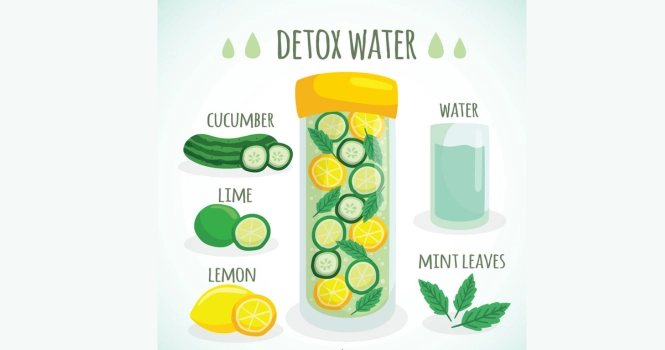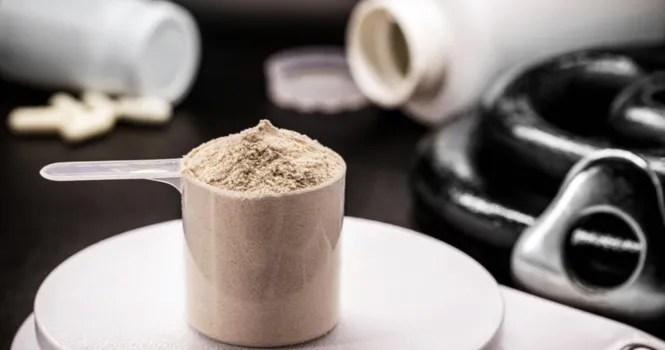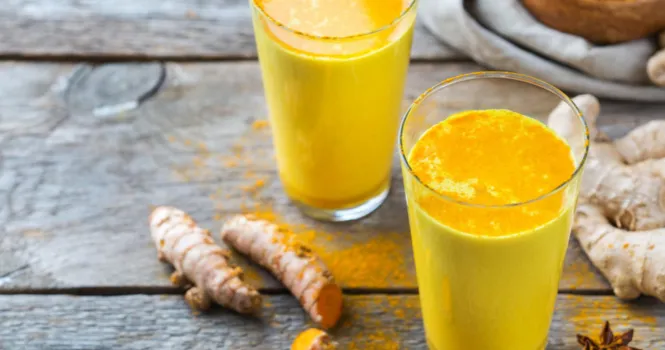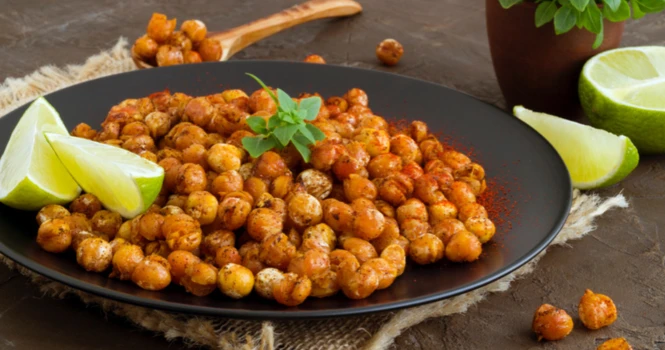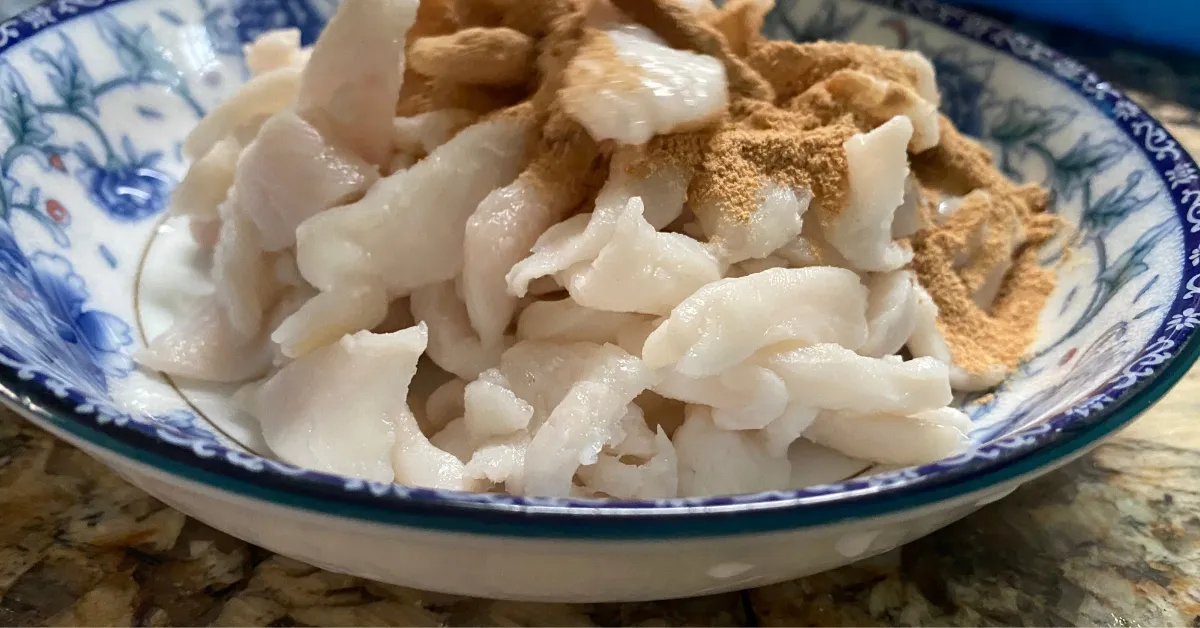The Caloric Tale of Biryani: A Deep Dive
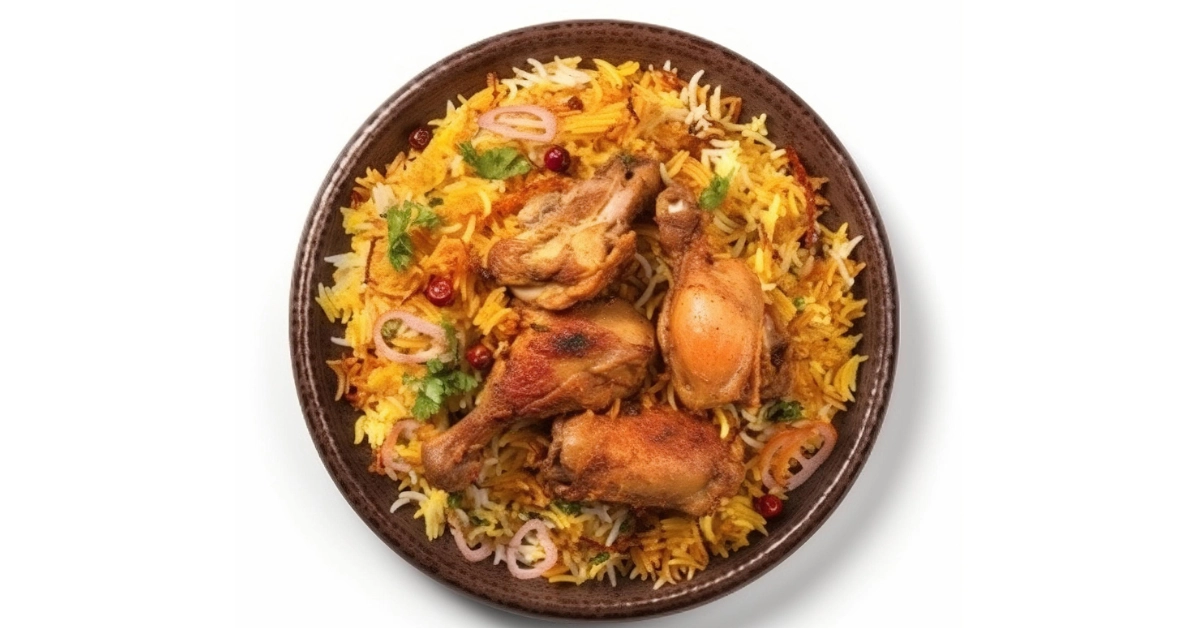
If you’re on a weight loss journey or wondering if biryani can be a healthy addition to your diet, this article is for you.
Biryani, a celebrated dish in Indian cuisine, tantalizes taste buds with its rich flavors, whether it’s made with chicken, mutton, beef, or crafted in a vegetarian style.
Let’s delve into the nutritional aspects of biryani and see how it aligns with health-conscious eating habits.
Ingredients in Biryani
Biryani is a complex and aromatic dish that combines a variety of ingredients to create its unique flavor profile. The ingredients can vary depending on the regional recipe and personal preferences, but here are some of the core components typically found in biryani:
Rice:
- Basmati Rice: Long-grained and fragrant, basmati is the preferred choice for its fluffy texture and ability to absorb flavors.
Proteins:
- Meat: Chicken, mutton (goat meat), or beef are commonly used. The choice of meat can vary based on regional preferences and dietary restrictions.
- Vegetarian Options: For a vegetarian version, ingredients like paneer (Indian cottage cheese), mushrooms, or mixed vegetables (carrots, peas, potatoes, and cauliflower) are used.
Spices and Seasonings:
- Whole Spices: Cinnamon sticks, bay leaves, cloves, cardamom pods, and black peppercorns add warmth and depth.
- Ground Spices: Turmeric, red chili powder, coriander powder, and cumin powder for color and flavor.
- Biryani Masala: A special blend of spices specific to biryani, available ready-made or made from scratch.
- Ginger-Garlic Paste: Adds a pungent and aromatic base flavor.
- Saffron: For aroma and the signature yellow color it imparts to the rice.
Aromatics:
- Onions: Thinly sliced and fried until golden brown, used both in the layering and for garnishing.
- Tomatoes: Chopped or pureed, adding moisture and tanginess.
- Green Chilies: For heat, adjusted according to taste.
- Mint and Cilantro (Coriander) Leaves: Fresh herbs add brightness and a burst of flavor.
Dairy:
- Yogurt: Marinating the meat or main ingredient in spiced yogurt tenderizes it and adds a tangy depth.
- Ghee or Clarified Butter: Used for frying and adding richness.
Additional Ingredients:
- Lemon Juice: Adds a touch of acidity to balance the flavors.
- Rose or Kewra Water: These are optional but add a distinctive floral fragrance to the dish.
- Nuts and Dried Fruits: Almonds, cashews, and raisins are sometimes added for texture and sweetness.
Layering Elements:
- Fried Onions: For garnish and adding a crunchy texture.
- Boiled Eggs: Often included in the layers, especially in South Indian versions.
Each ingredient in biryani plays a crucial role in building the complex flavors and aromas that the dish is known for. The cooking process, involving marinating, layering, and slow cooking (Dum cooking technique), further enhances these elements, resulting in a rich and satisfying meal.
Common Types of Biryani and calories
| Type of Biryani | Serving Size | Calories (approx.) | Protein (g) | Fat (g) | Carbs (g) |
| Chicken Biryani | 1 cup (~250g) | 290-330 | 25 | 10-15 | 35-40 |
| Mutton Biryani | 1 cup (~250g) | 320-370 | 30 | 15-20 | 35-40 |
| Egg Biryani | 1 cup (~250g) | 250-300 | 12-15 | 10-12 | 35-40 |
| Veg Biryani | 1 cup (~250g) | 230-280 | 5-8 | 5-10 | 40-45 |
Calories in different varieties of Biryanis
| Type of Biryani | Serving Size | Calories (approx.) |
| Paneer Biryani | 1 cup (~250g) | 300-350 |
| Egg Biryani | 1 cup (~250g) | 250-300 |
| Veg Biryani (1 plate) | 1 plate (~350g) | 330-380 |
| Chicken Biryani (1 plate) | 1 plate (~350g) | 400-450 |
| Mutton Biryani (1 plate) | 1 plate (~350g) | 450-500 |
| Fish Biryani | 1 cup (~250g) | 300-350 |
| Beef Biryani (1 plate) | 1 plate (~350g) | 500-550 |
| Lamb Biryani (takeaway) | 1 takeaway serving | 600-700 |
| Aloo Biryani | 1 cup (~250g) | 280-330 |
| Hyderabadi Biryani | 1 cup (~250g) | 350-400 |
| Prawn Biryani (takeaway) | 1 takeaway serving | 400-450 |
| Keema Biryani | 1 cup (~250g) | 350-400 |
| Soya Biryani | 1 cup (~250g) | 220-270 |
| Shrimp Biryani | 1 cup (~250g) | 300-350 |
Frequently asked questions
How Many Calories Are in One Plate of Biryani?
A single plate of biryani, approximately 350 grams, can contain between 330 to 550 calories, depending on the ingredients used such as type of meat, level of oil, and additional toppings.
Is It OK to Eat Biryani During a Diet?
Yes, biryani can be part of a diet if consumed in moderation and if healthier preparation methods are used, such as lean meats, less oil, and more vegetables, to lower the calorie count.
How Many Calories in 500g of Plain Biryani?
In 500 grams of plain biryani, which typically includes rice and spices without heavy meats or additional fats, there are approximately 650 to 750 calories.
How Many Calories in a 100g Biryani?
A 100-gram serving of biryani contains roughly 130 to 220 calories, varying with the type of biryani and its specific ingredients.
Is Biryani Good for Bodybuilding?
Biryani can fit into a bodybuilding diet if modified for lower fat and calorie content. It provides protein essential for muscle repair and growth, especially with lean meats.
Carbohydrates from rice replenish glycogen stores, important for workout recovery. However, traditional biryani’s high calorie and fat content, mainly from ghee or oil, requires careful portion control. Opting for whole grains and monitoring oil usage makes biryani more suitable for bodybuilders, especially when balanced within a varied diet.



